50+ Sample Video Agreement
-
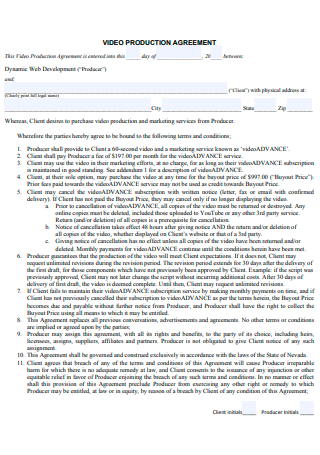
Video Production Agreement
download now -

Video Screening Agreement
download now -

Video License Agreement
download now -
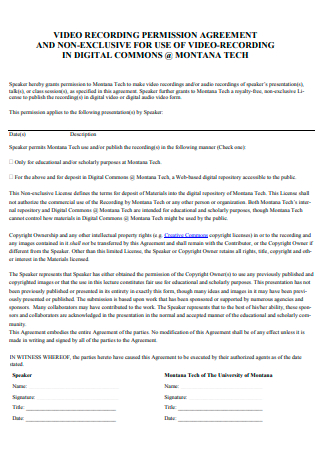
Video Recording Permission Agreement
download now -
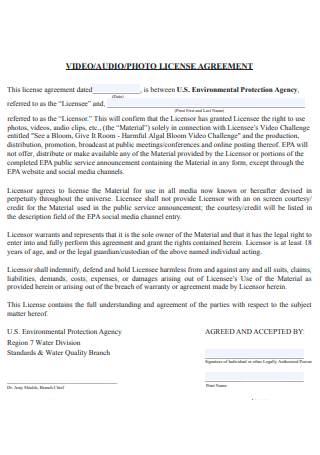
Video Photo License Agreement
download now -
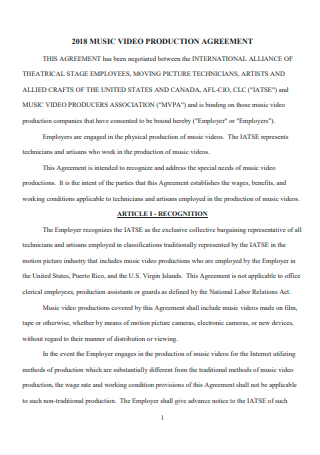
Music Video Production Agreement
download now -
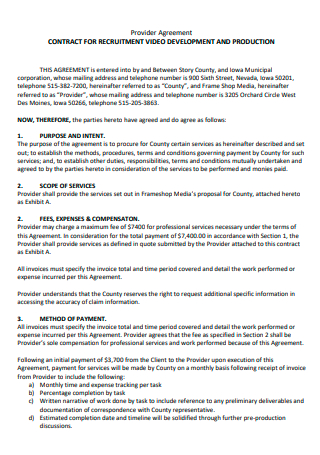
Video Development and Production Provider Agreement
download now -

Video Release and Consent Agreement
download now -
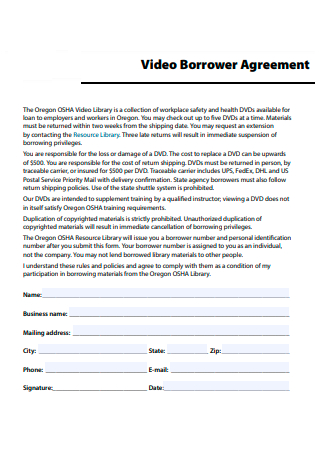
Video Borrower Agreement
download now -
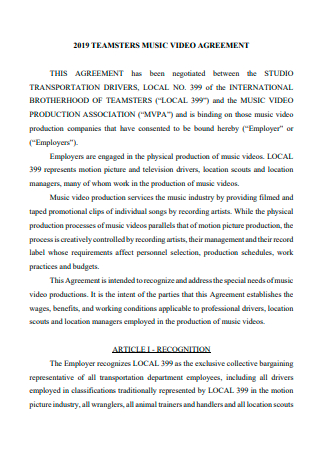
Music Video Agreement
download now -
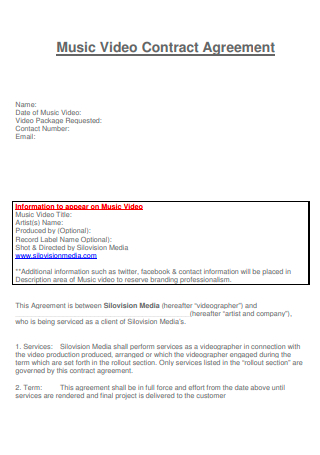
Music Video Contract Agreement
download now -
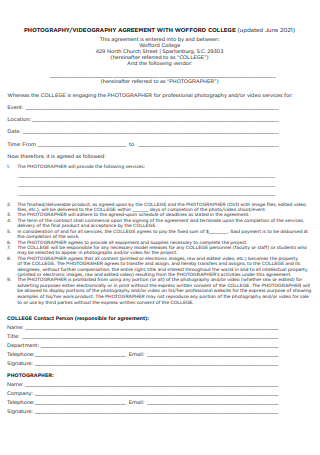
Videography Agreement
download now -

Video and Traffic Flow Data Sharing Partnership Agreement
download now -

Uniform Video Service License Agreement
download now -
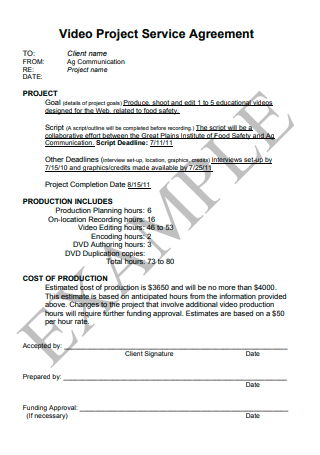
Video Project Service Agreement
download now -
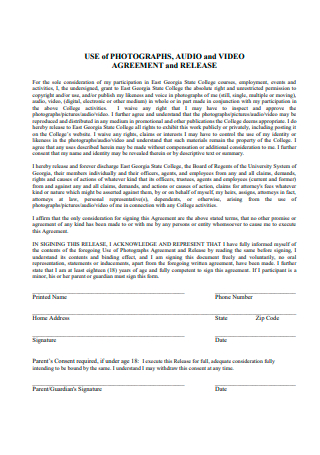
Audio and Video Agreement and Release
download now -
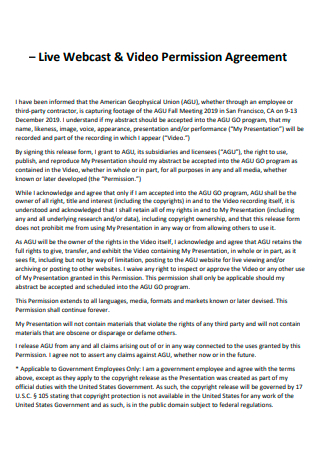
Live Webcast and Video Permission Agreement
download now -
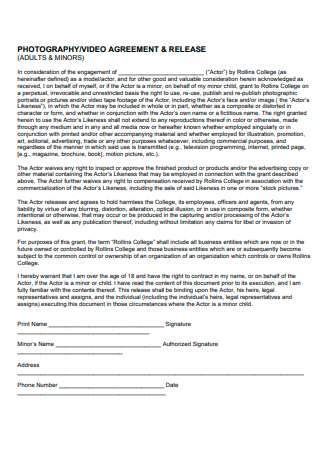
Video Agreement and Release
download now -
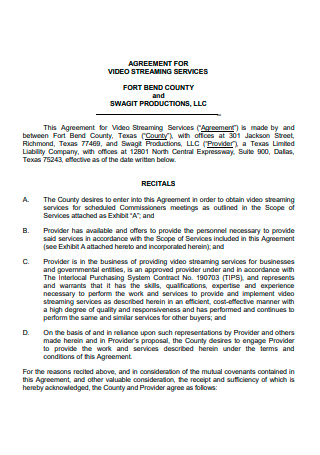
Video Streaming Services Agreement
download now -

Video Sharing Agreement
download now -
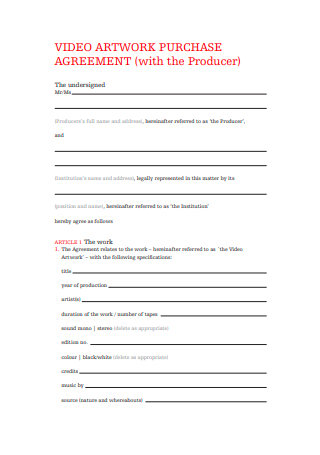
Video Art Work Purchase Agreement
download now -
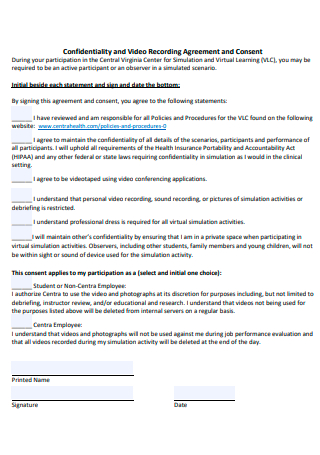
Confidentiality and Video Recording Agreement
download now -

Video Agreement in PDF
download now -
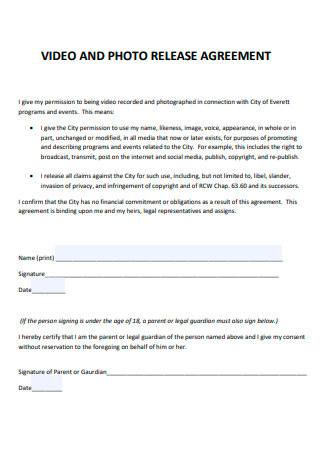
Video and Photo Release Agreement
download now -
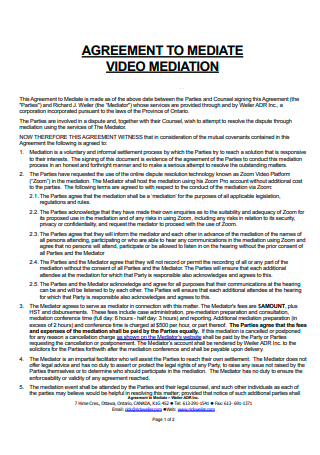
Video Mediation Agreement
download now -
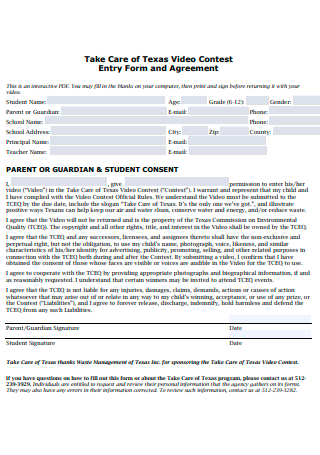
Video Contest Entry Form and Agreement
download now -
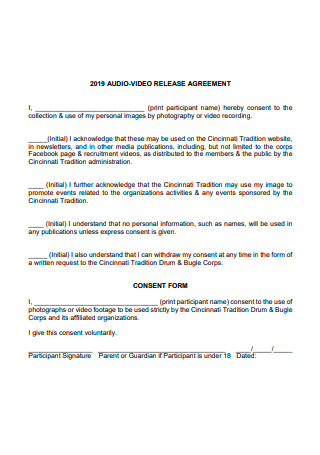
Audio Video Release Agreement
download now -

Video Broad Casting Agreement
download now -
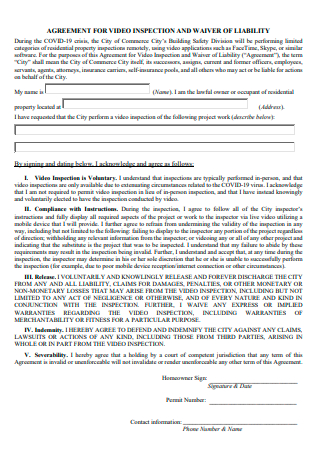
Video Inspection and Waiver of Liability Agreement
download now -

Chamber Video Production Agreement
download now -

Teacher Video Agreement
download now -
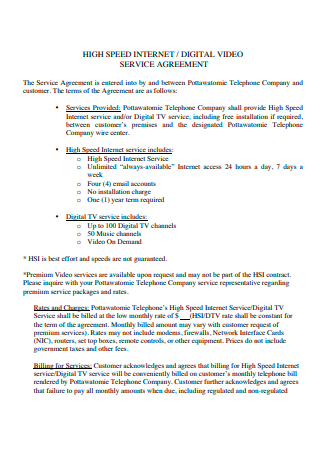
Digital Video Service Agreement
download now -

Video Use Agreement
download now -
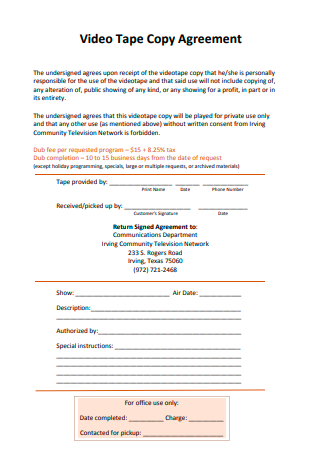
Video Tape Copy Agreement
download now -

Wedding Video Agreement
download now -

Video Waiver Agreement
download now -
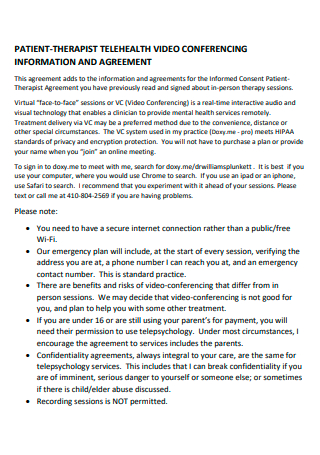
Video Conferencing Information and Agreement
download now -
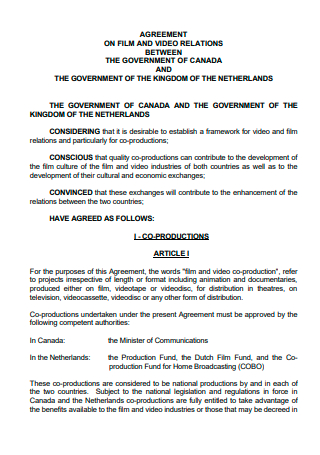
Video Relations Agreement
download now -
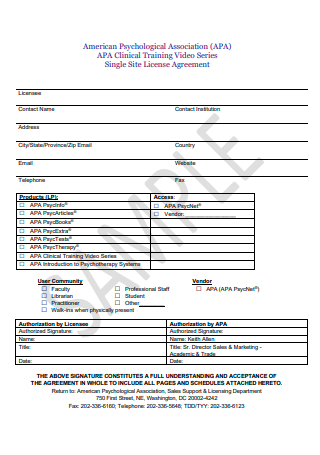
Sample Video Agreement
download now -
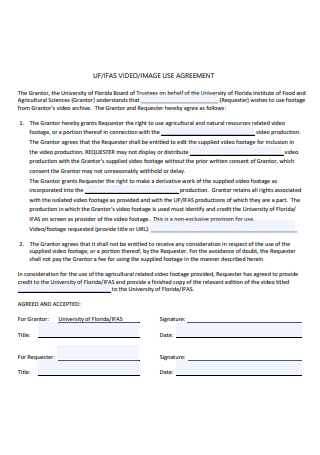
Video Image Use Agreement
download now -
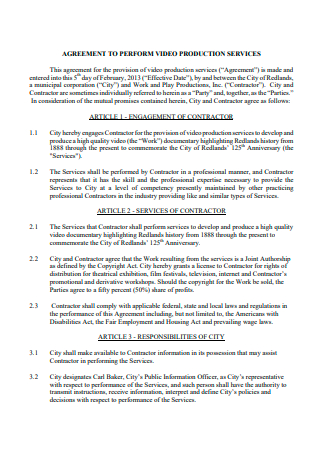
Video Production Services Agreement
download now -

Standard Video Agreement
download now -
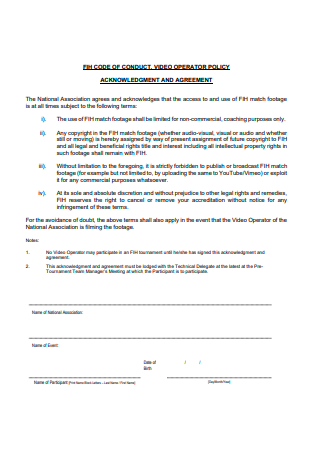
Video Operator Policy Acknowledgement and Agreement
download now -
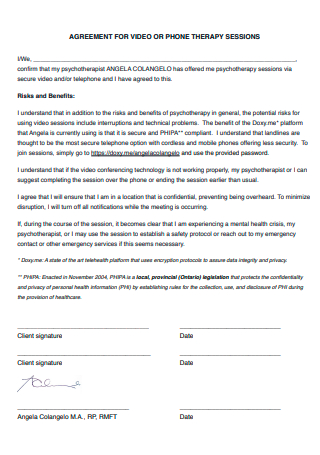
Video or Phone Therapy Sessions Agreement
download now -
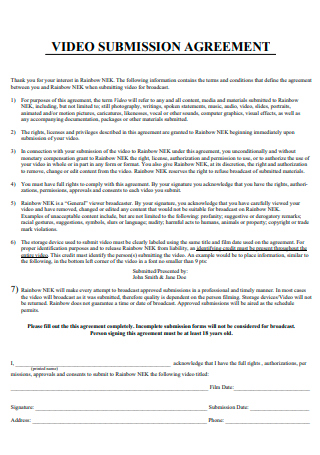
Video Submission Agreement
download now -
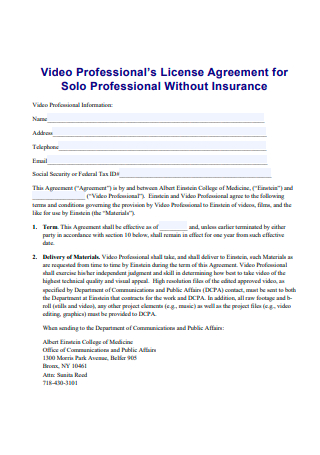
Video Professionals License Agreement
download now -
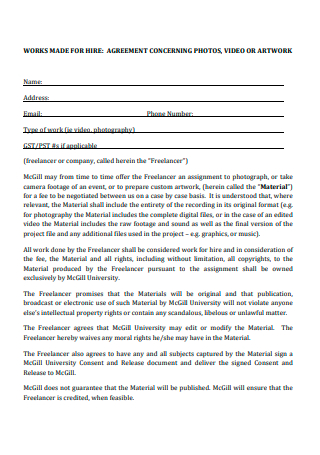
Formal Video Agreement
download now -

Video Still Reproduction Agreement
download now -
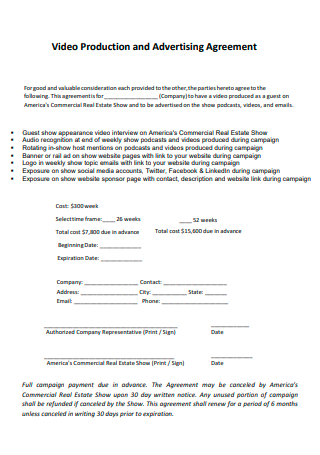
Video Production and Advertising Agreement
download now -

Parent Video Release Agreement
download now -
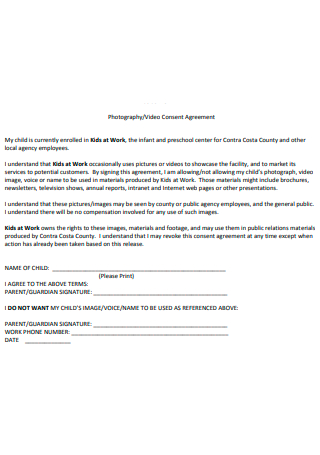
Video Consent Agreement
download now
FREE Video Agreement s to Download
50+ Sample Video Agreement
What Is a Video Agreement?
Different Types of Videos
Necessary Stages for Professional Video Editing
How to Write a Video Agreement
FAQs
Is anything else required for a video agreement?
Why do you need a video production contract?
How much should you charge for video production?
What Is a Video Agreement?
A Video agreement is a contract between the client or corporation and the video maker. It is a legal document that will ensure the protection and interests of all parties concerned. Video service agreements are used by videographers and their clients to formalize their agreements. This crucial contract helps establish each party’s expectations and is suitable for event videographer engagements, business videos, and all other videography services. It contains information such as the job’s time, location, and duration, as well as pricing and cancellation restrictions. You can look into the readily available video copyright agreement template readily available for you.
Different Types of Videos
According to Statista, websites that allow you to share and watch videos are utilized for educational, informational, and entertainment purposes. The reasons that people watch videos vary and it depends on the content that they seek. As mentioned, some look at videos for entertainment but some would want to learn something so they look for content that is academically related. Videographers will need to be aware of the different types to fit the preferences of the clients.
Necessary Stages for Professional Video Editing
As part of your Video Editing agreement, your clients will want to know more about the process you go through as you edit their video. They have the right to know so they are aware of how much time it will take for you to complete the task. If you have been in the industry for quite some time, then you would already be aware of the process.
How to Write a Video Agreement
It’s crucial to keep track of your client commitments, no matter how modest the work. Since both sides are aware of the costs to be paid, neither party is shocked by how much time is needed. The videographer and client both understand the extent of their responsibilities which is why using a video production services agreement is likely to be beneficial for you. If you don’t have a video agreement form in place, you may have to deal with unrealistic expectations, financial challenges, unfulfilled quality standards, unclear deadlines, and, unfortunately, limited remedies if something goes wrong.
-
1. Professional Details
Before you go into the details, you need to figure out who the agreement is with and what the relationship is about. A professional and legally binding video agreement template will help reassure your clients that they are dealing with a professional. State the professional details involved in the document and label them appropriately. You can also include your official company logo, if applicable otherwise if you are a freelancer, you can include your Contact List after your name.
-
2. Scope of Work
The next step is to provide as much detail as possible about the scope of the production project. If you have discussed and agreed on something as part of the project either verbally, by email, or via certified letter, make sure it’s written down in the agreement. Make sure to state all your services in an organized scope of work. When discussing timelines and deadlines, use numbers and dates. If you are creating the script as well as filming the footage, for example, make it clear how many revisions you will do; otherwise, the scope may be open to interpretation.
-
3. Requirements and Responsibilities
Outlining everything associated with the video production project is the foundation for an excellent video production contract template. You should also specify who is responsible for what and when you will require items. If you are shooting an ad for a local business, you might require supervised access to their property after hours or a high-res copy of their logo for an overlay. You might even discover that your client prefers a video editor or filmmaker to a Producer. You can now determine whether they require all of your services or switch to a video editing contract.
-
4. Material Ownership and Watermarks
Your agreement should indicate that your watermark will appear on anything you deliver to the client for evaluation during the project. You should also make it clear that customers won’t get a watermark-free version until you have received the complete payment. This will safeguard your intellectual property, define who owns what, and prevent the client from walking away with the finished video without compensating you for what you are due. This is for your protection against things that may turn out for the worst.
-
5. Cancellation and Termination
For this reason, it’s usually a good idea to add a cancellation provision that specifies who is responsible for finding a new video producer and whether any refunds or costs must be paid. This can also safeguard videographers and video producers against untrustworthy clients. It’s critical that you and the client agree on the contract’s termination. This can happen on a set date or when the full payment is received. Include any reasons why the contract could be terminated early, such as a written notice period or any agreements that have been broken.
-
6. Payment Terms
Since you need to decide on how much you will be paid, and how and when you will be paid before you shoot a single reel of footage. You have complete control over the amount you estimate and the mode of payment you take, but you should make reasonable attempts to structure a payment schedule. It’s an excellent idea to keep your own videography invoice to guarantee that all standards are completed every time. Clients will understand that you will ask for a deposit upfront. This will protect your cash flow, your business, and other assets.
FAQs
Is anything else required for a video agreement?
The next steps are the same whether you are drafting a Corporate Event video agreement or another form of video production arrangement. You will be able to open your contract wherever and whenever you choose after finishing it using the template provided. You can also update and download your agreement as a PDF or Word document, or print it. Each video agreement includes a list of suggested actions to follow once the contract is completed. Make certain that all signers have a copy of the final agreement. Making use of the documents provided in this article will significantly save you time.
Why do you need a video production contract?
Remember that during scripting, storyboarding, filming, and editing, you will be collaborating closely with your client to deliver their vision. You can establish a good working relationship from the start by ensuring that both parties are on the same page when it comes to the goals, objectives, and expectations of a shoot. You may also get ahead of the game by preparing and delivering your customer a video recording agreement. Your rights as an independent contractor and your production company, as well as the rights of your customer, will be protected by a Video Production contract.
How much should you charge for video production?
The going rate for freelance video makers in the United States is between $25 and $100 per hour. This is solely for your rate, not for the entire production charge. Of course, it all depends on what state or city you are in, the video project you are working on, how long it will take, the equipment you will need, your expertise or specializations, and the customer or client. As long as you don’t undermine your skills and ask for a budget that fits your efforts, you won’t waste your time.
You have officially reached the end of the article and thoroughly read the contents of the said article. This means you are more than ready to write the videography services agreement so that your clients will be aware of the inclusions between your discussion. Make sure your video confidentiality agreement is thoroughly concise and has not left any relevant details.
